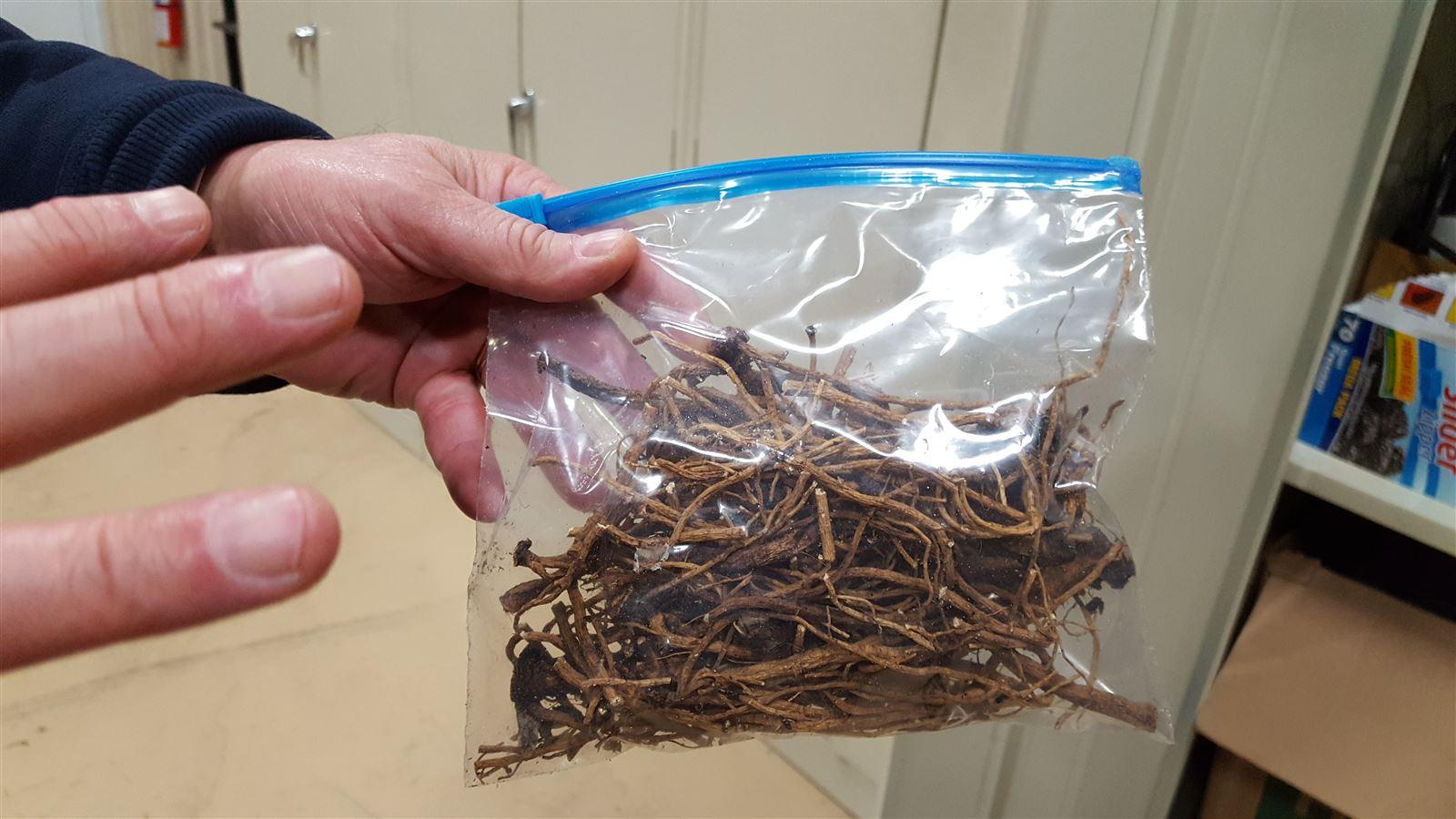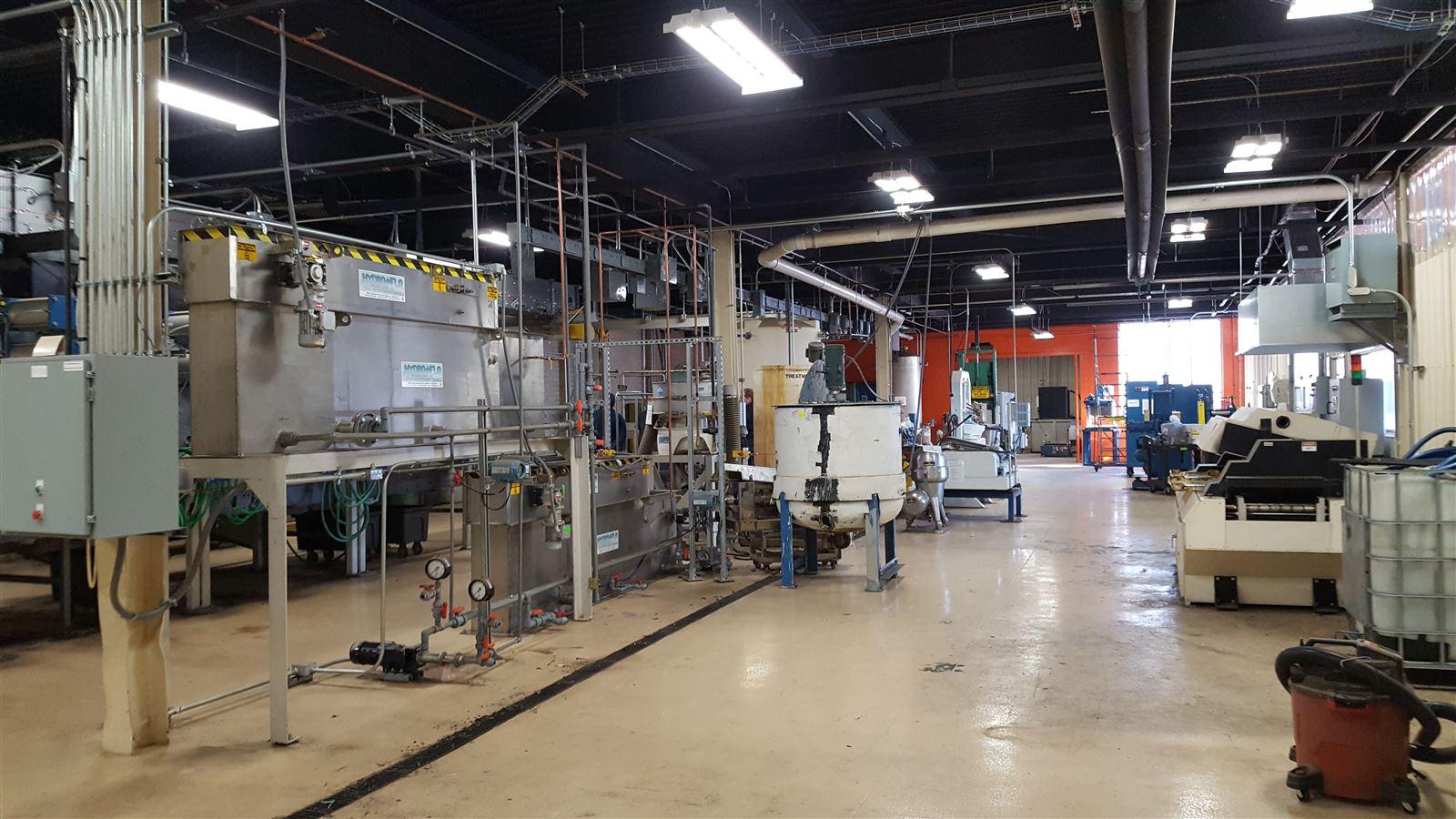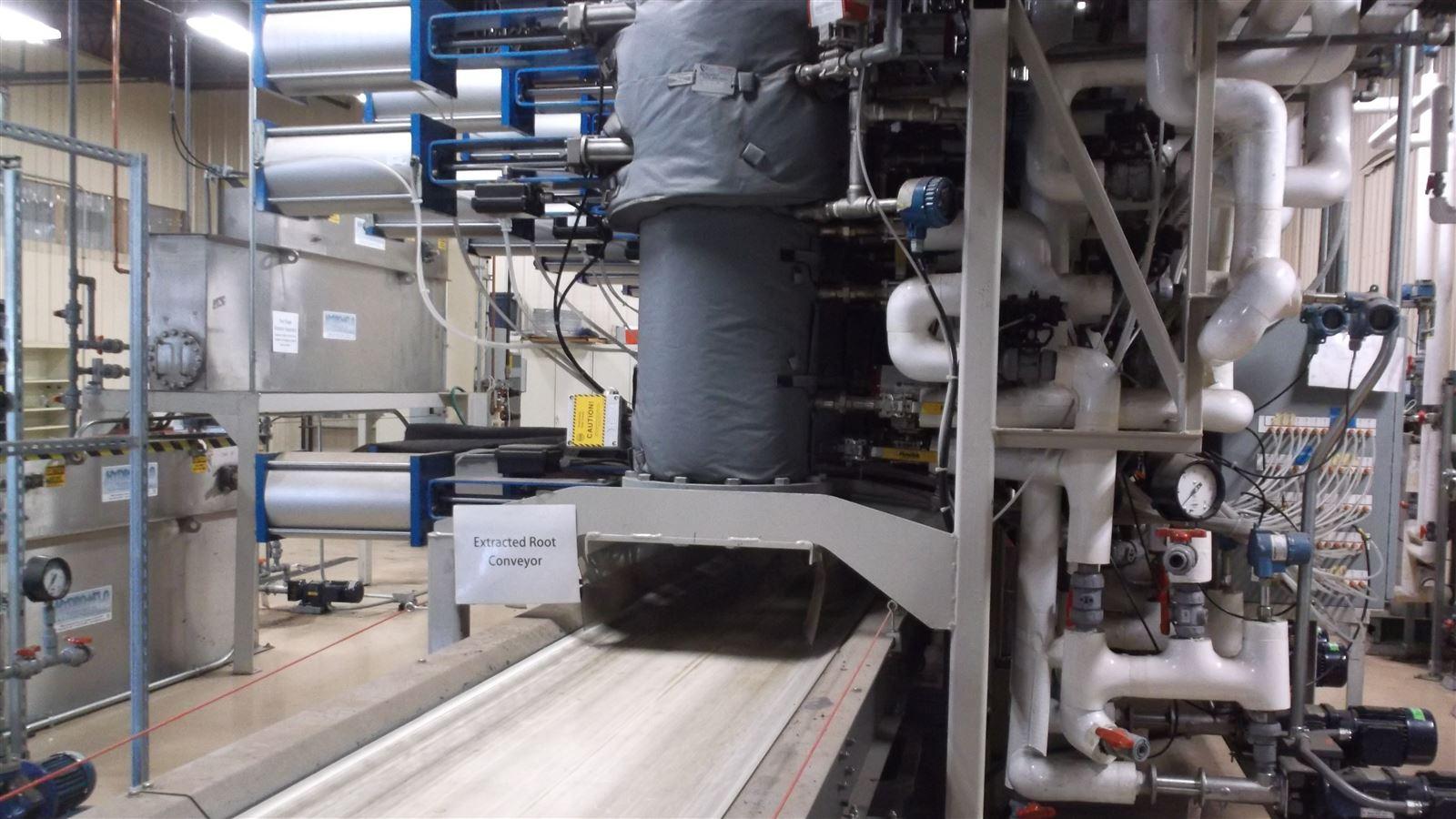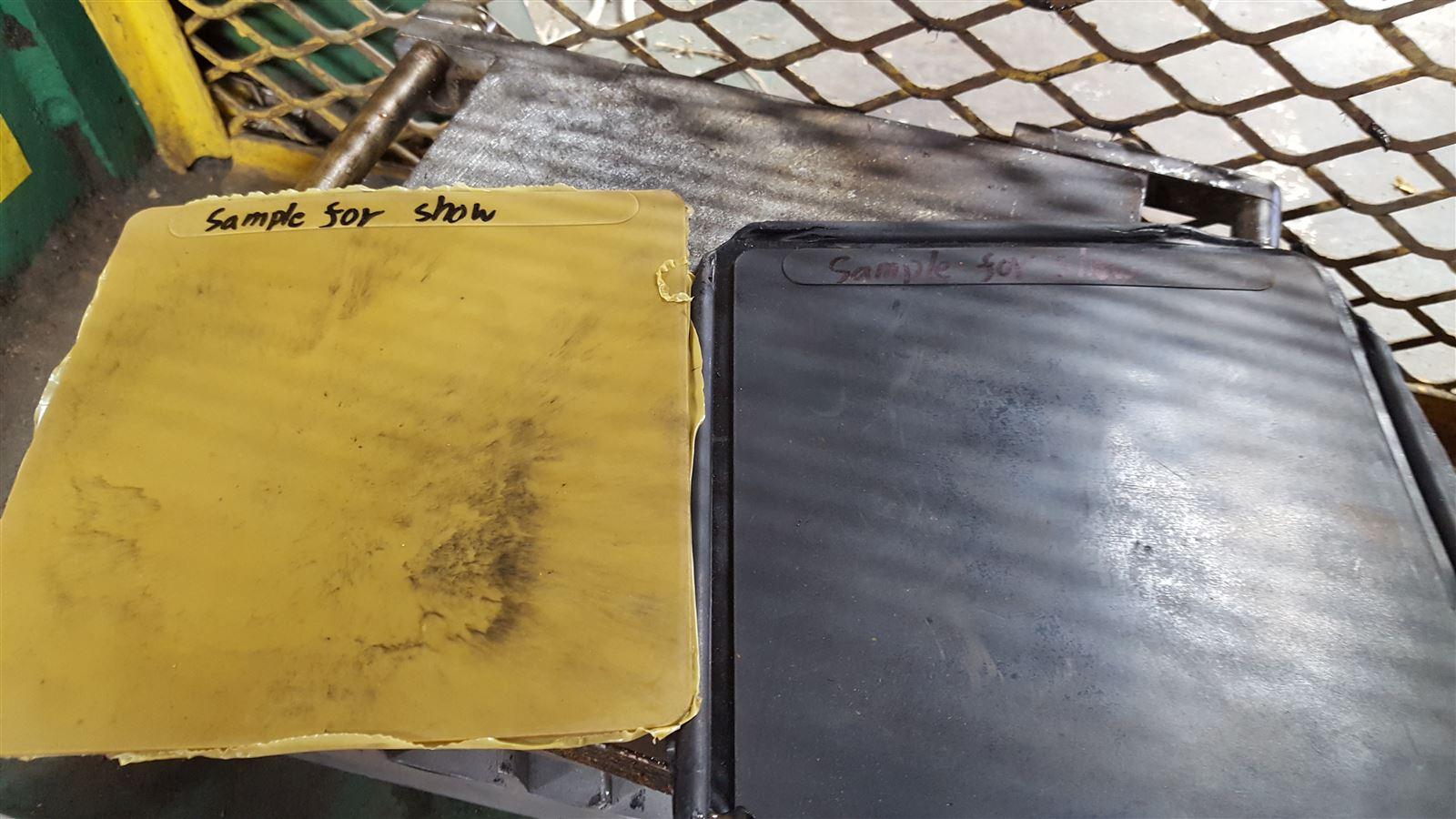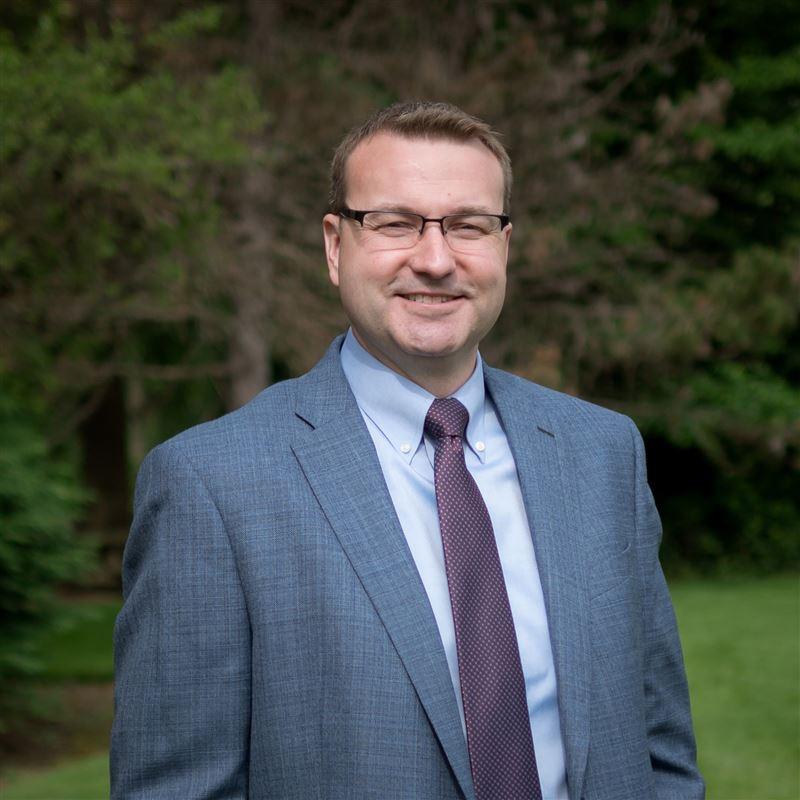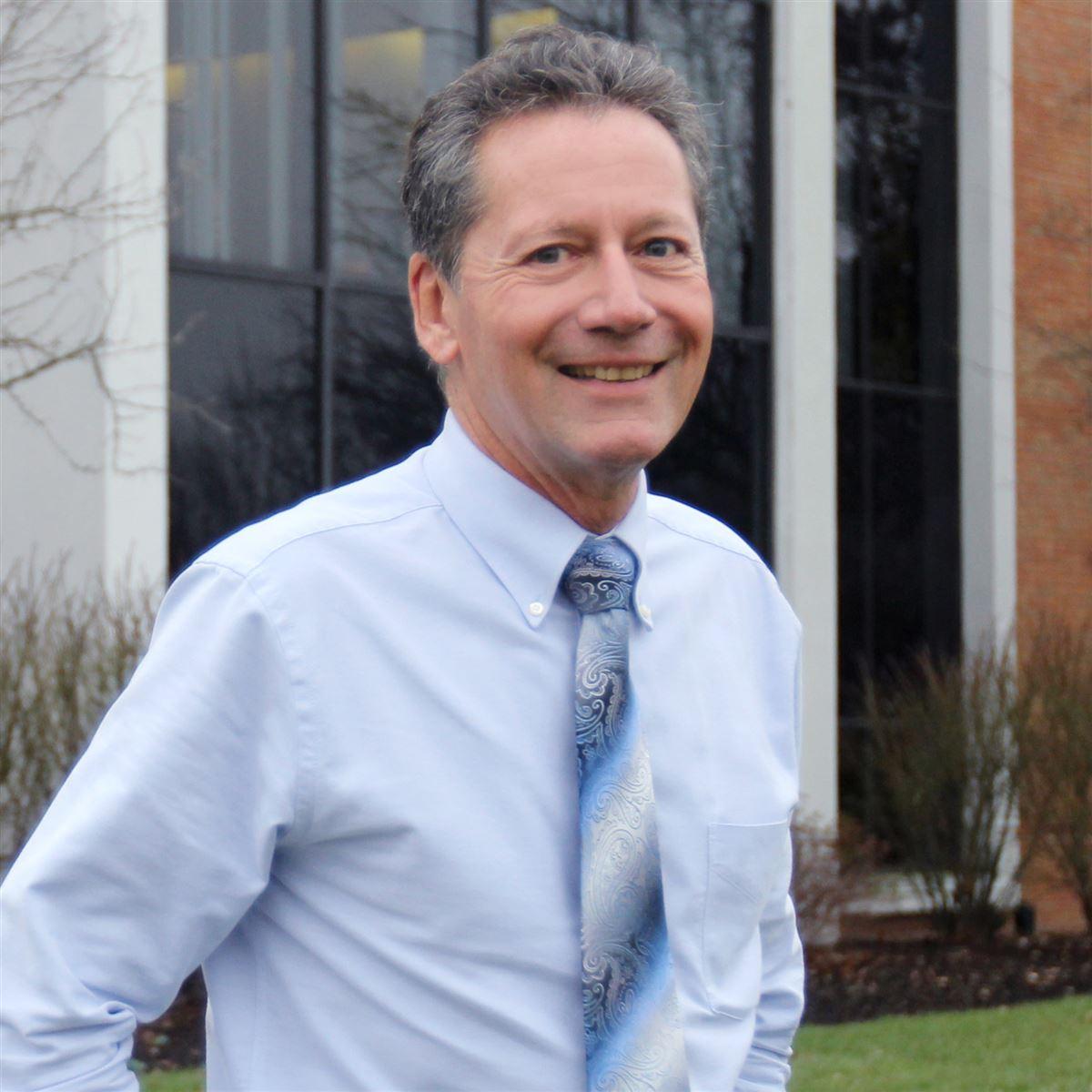Developing An Alternative Rubber Cash Crop
Natural rubber is used to make countless products—tires, hoses, medical supplies. The list goes on. Global demand for it is only expected to increase as developing nations grow and mature. However, there is one major challenge: Rubber is sourced almost exclusively from trees grown in Southeast Asia. Currently, the United States depends entirely on these imports, and the isolated concentration of rubber has led to steep price increases and shortages.
Ohio State University (OSU) is addressing the issue by developing an alternative rubber-supplying crop, grown domestically and processed in a pilot plant designed and built by CDM Smith’s team. This new resource is helping to diversity global rubber sources, reduce America’s imports and create more sustainable rubber businesses worldwide.
Turning Russian Dandelions into Buckeye Gold
Since 2008, researchers at OSU’s Ohio Agricultural Research and Development Center (OARDC) have been planting Russian dandelions—aptly dubbed “Buckeye Gold” since they are grown in the Buckeye State—and harvesting their natural rubber. “Our goal has been developing a domestic rubber crop that can be grown economically in Ohio and other temperate U.S. states to increase jobs,” said Fred Michel, associate professor of biosystems engineering at OSU. “The dandelion’s ability to be grown as an annual crop, as well as its valuable co-product inulin, give it an advantage over natural rubber trees that take up to 5 years after planting to produce rubber.”
Before OSU’s research team began processing Buckeye Gold, they needed a partner who could cost-effectively design and build a pilot plant at its research campus in Wooster, Ohio. “When OSU approached us in 2011,” says Richard Rissmiller, PE, CDM Smith vice president, “their team had a basic process design outlined, but we determined it had to be re-engineered to meet the construction budget.” Construction costs were reduced by designing the plant’s process equipment to be skid-mounted and fabricated off site.
According to Rissmiller, since dandelion rubber can be extracted using a water-based process, the system required no solvents to be purchased or used, improving safety and environmental impact. The multi-stage system features a series of unit operations including roller mashing, counter-current extraction to remove inulin at high concentration, pebble milling, flotation separation and screening to separate the root into rubber and the bagasse byproduct.
That's the intent of any pilot plant. You design and build it. You operate it. You figure out what works and what doesn't, and you improve on it.
“The system can accommodate up to eight extraction stages,” says Rissmiller. “To meet their budget, we recommended that OSU validate the process with four extraction stages. Then, they could use their findings to apply for additional grant money and scale up.”In addition to the extraction process, a control room was designed and installed, featuring easy-to-use touch screens. The project also entailed creating operations and maintenance manuals and training OSU staff on how to operate the equipment, as well as upgrading lighting to improve safety for the research team.
Now operational, the pilot facility is aiding the rubber industry in making great strides toward a domestic, sustainable source of natural rubber. Michel said, “The pilot plant has been used to process nearly a ton of Russian dandelion roots to produce kilogram quantities of rubber for chemical and mechanical testing.”
From Pilot to Full-Scale Production
Is the outlook bright for continued alternative rubber production in the United States? Rissmiller is optimistic. “We’ve learned many lessons,” he says. “That’s the intent of any pilot plant. You design and build it. You operate it. You figure out what works and what doesn’t, and you improve on it. With Ohio State, we’ve created a process that is now proven to work that can be scaled up to benefit the rubber industry.”

So many other firms are commodity-based, but I believe CDM Smith stands out with our excellence and shared commitment.
Measurable Strides for the Rubber Industry
Since starting up, OSU's pilot facility has processed nearly a ton of Russian dandelion roots to produce kilogram quantities of rubber.


